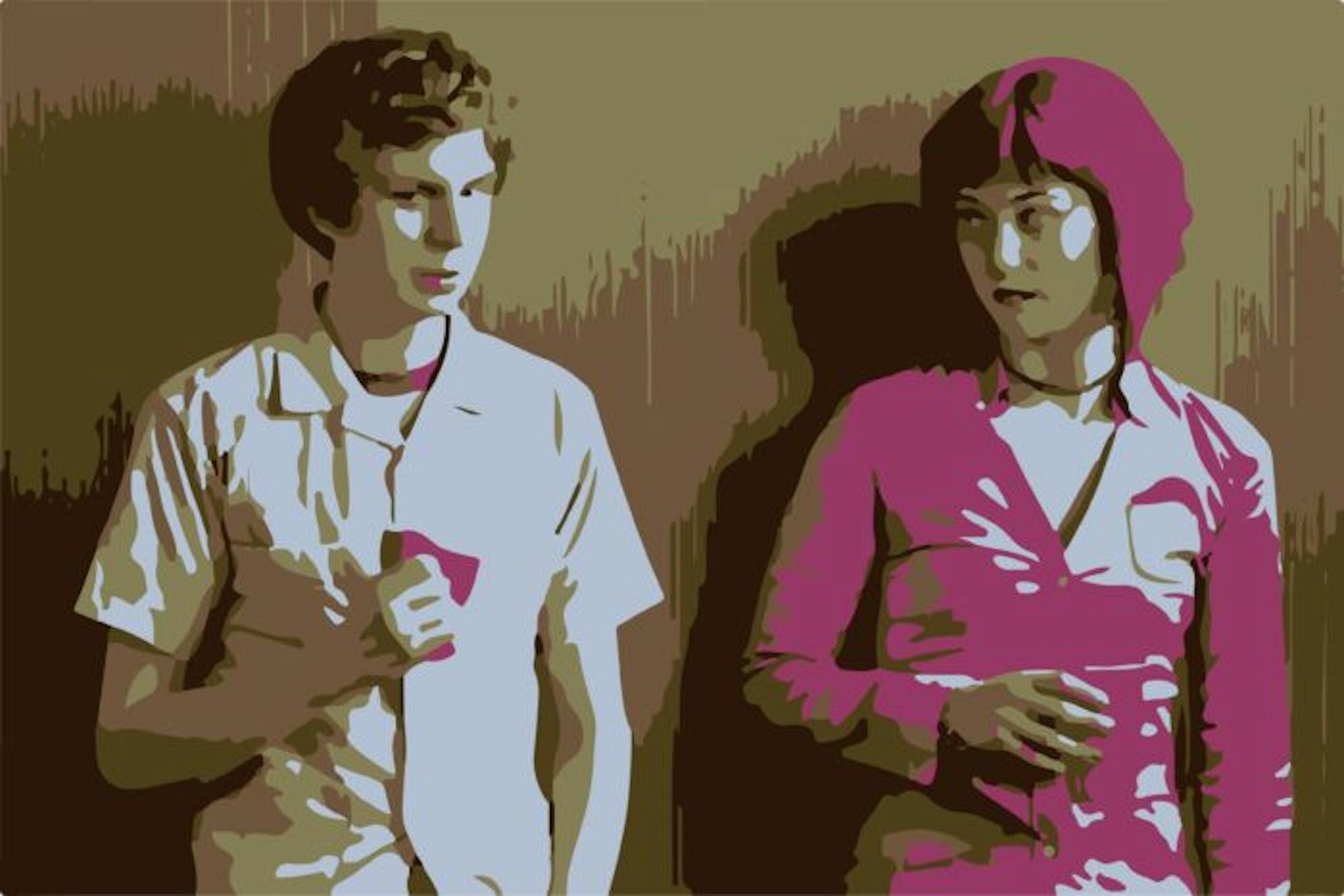
It was like every other romantic story before it: Boy meets girl, boy already has a girlfriend, boy tries to date both at once, boy finds out he has to defeat his new girlfriend’s seven evil ex-partners, boy breaks up with old girlfriend and finally, boy fights the seven evil exes. Bryan Lee O’Malley published the first volume of the Scott Pilgrim graphic novel series, “Scott Pilgrim’s Precious Little Life,” which was a smash hit when it was released in August 2004. O'Malley achieved further acclaim and recognition with each volume published. The series focuses on the titular Scott Pilgrim, a 23-year-old slacker and all of his friends, enemies and sometimes those caught in between. The series bears his name but equally important is Ramona Flowers, his mysterious new girlfriend, and the various characters making up the supporting cast. The books focus on Scott’s efforts to beat Ramona’s seven evil exes, and through this plotline, the book delves into issues such as overcoming trauma, acceptance of the past and maturing as an individual.
The series was adapted into a film, titled “Scott Pilgrim vs. the World” after the series’ second entry and followed the plotline of the six books with concessions made to fit the entire story in a two-hour time slot. The character was portrayed by Michael Cera, then known for his work on “Arrested Development” and the film “Juno,” and Mary Elizabeth Winstead, known for her leading role in “Final Destination 3,” played Ramona. The film’s stars were not the only notable actors in the film. Anna Kendrick (“Pitch Perfect”), Brie Larson (“Room,” “Captain Marvel”), Chris Evans (“Captain America, “Knives Out”) and Kieran Culkin (“Succession”) all starred in the film in supporting roles. The series’ larger-than-life characters give every actor an opportunity to shine and stand out, with Scott’s roommate Wallace being a fan-favorite due to Culkin’s performance. The movie was critically acclaimed but did not see the same reception financially, with the film performing about $10 million under budget. Bolstering the film’s release was a video game, “Scott Pilgrim vs. the World: The Game,” which adopted the art style of the original illustrations.
The film adaptation began development between the publication of the first and second volumes, and filmmaker Edgar Wright signed on as director after finishing development on his 2004 directorial debut “Shaun of the Dead.” Michael Bacall was hired to write the script in May 2005. At this point, the second volume was still a month out from publication. The film was released on Aug. 13, 2010, less than a month after the release of the series’ final volume “Scott Pilgrim’s Finest Hour” on Jul. 20 of that same year. O’Malley and Wright worked closely to ensure cohesion as both pieces developed, allowing the film to faithfully tell the same story. That being said, the publication of the final entry and the film’s release being so close to the film’s release led to deviation in the ways the stories end. Series writer O’Malley greenlit the film’s ending as he felt it was best for the condensed storyline.
Now, nearly 20 years after the first volume’s publication, a new Scott Pilgrim project has been announced. An animated series “Scott Pilgrim: The Anime” has been announced by Netflix, with almost all of the film’s stars set to return. Additionally, Anamanaguchi, the pop band that composed the music featured in the video game, posted the show’s announcement on their social media pages, indicating some level of involvement. While no official artwork has been released, it is not unreasonable to assume that the show will emulate O’Malley’s artistic style to keep the designs in line with the original graphic novels. By combining the cast of the film along with the music of the video game and art of the original, it appears that the new adaptation will be pulling a bit of everything that came before.









